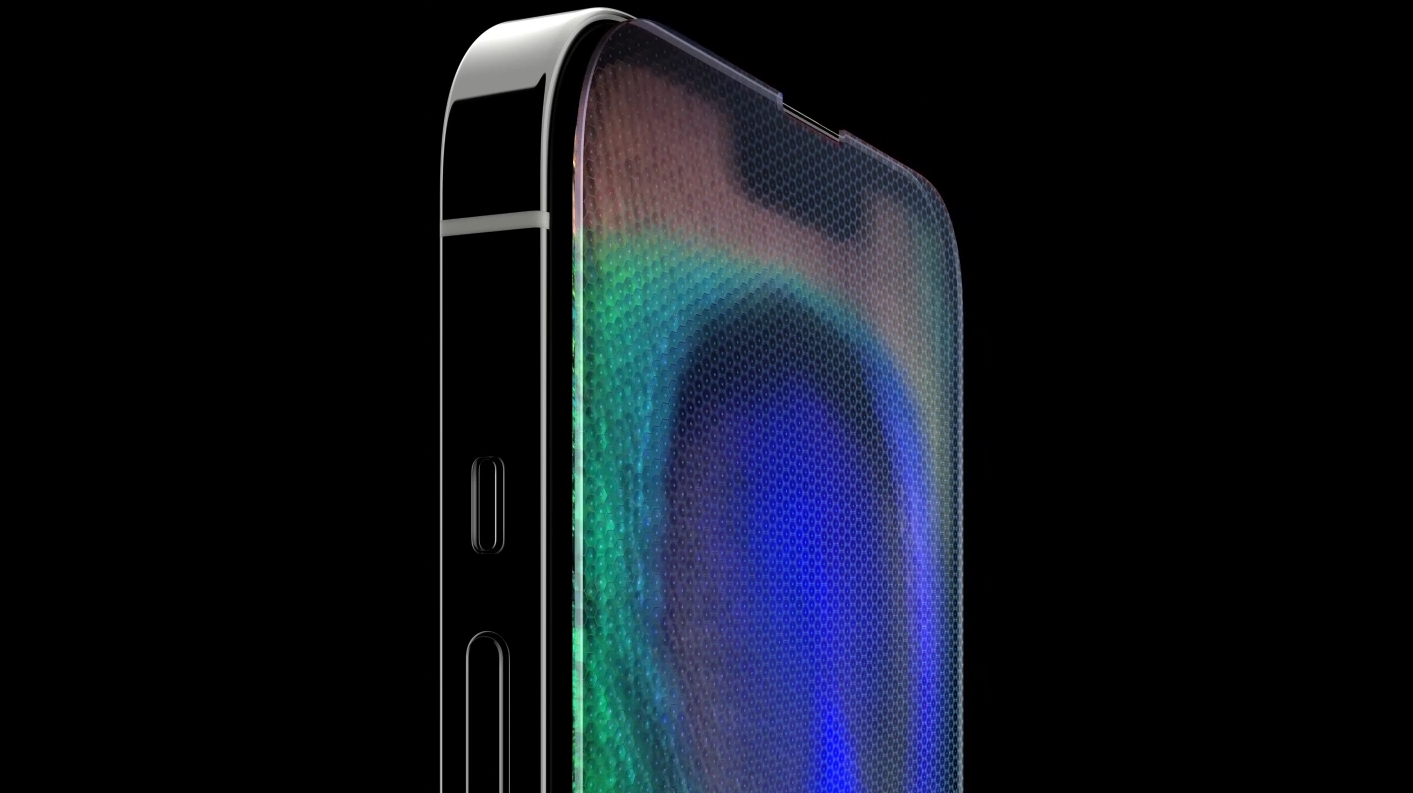While the the Huawei Nova 9 was unveiled in September, back then it was only announced for China. Huawei has now gone ahead and announced the phone for the UAE, Saudi Arabia and the rest of the Middle East.
The Huawei Nova 9 has a lot of tempting tech inside such as a 6.57-inch 1080 x 2340 OLED screen with a 120Hz refresh rate, a mid-range Snapdragon 778G chipset, 8GB of RAM, and a choice of 128GB or 256GB of storage.
The phone also has a 4,300mAh battery with 66W fast charging, and there’s a quad-lens rear snapper, with a 50MP f/1.9 main sensor, an 8MP f/2.2 ultra-wide camera, a 2MP f/2.4 macro one and a 2MP f/2.4 depth sensor. Then on the front there’s a 32MP f/2.0 camera.
Those rear cameras are housed in a distinctive oval camera block with two big circles – a design that’s similar to what we’ve seen on the Huawei P50. The rest of the design here includes a glossy back in Starry Blue that Huawei is calling "Colour No. 9" or Black, and an all-screen front with a punch-hole camera.
There's no Google Apps present on the phone but Huawei has made some good progress with App Gallery, its alternative to Google Play Store.
Huawei Nova 9 UAE pricing and availability
The HUAWEI nova 9 will be available in the UAE at a price of AED 1,799 in the all-new Colour No. 9 and Black. Pre-orders begin on Huawei’s official website and across select retailers in the UAE on November 4th and include gifts valued at AED 980 including the HUAWEI FreeBuds 3.
You also get Petal One which includes a free 3-month VIP subscription to HUAWEI Music, a free 1-month VIP subscription to HUAWEI Video and a free 1-month Huawei Mobile Cloud 200GB storage. Last but not the least, a 1-year Starzplay Premium Subscription is also included.
- Check out the best Huawei phones
- Everything you need to know about Huawei phones
- These are the best smartphones






